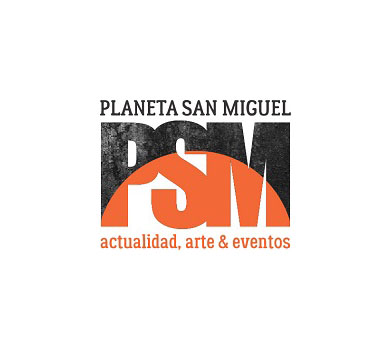By Alicia Lopez
This March 8th, my mother will celebrate International Women’s Day by undergoing surgery that is more than 30 years overdue. A car accident likely resulted in a cervical fracture that no one ever thought to check, and which only began to take its toll a few years ago. Her pain and health were ignored because, at the time, my mother was pregnant, so the doctors at the hospital she was taken to only focused on checking the status of her pregnancy, which they also deemed fine. They were wrong twice: the baby died, and my mother nearly succumbed to sepsis. In the decades that followed, my mother would notice cervical discomfort when moving her head in certain ways, but she never questioned the cause, nor was she ever offered pain medication. We all decided to ignore it because it was just easier that way.
While it’s common for men to be less likely to seek medical help, women have learned to distrust the medical profession because our symptoms and pain are constantly dismissed. The vast majority of women I know live with chronic female-specific conditions that alter their bodies, emotions, lifestyles, and daily decisions, for which modern medicine can only offer contraceptive hormones and the strong suggestion (almost an obligation) to strictly modify their diets, as if eating a cookie were a crime against their health and, by extension, humanity. The symptoms of heart attacks in women—similar to severe indigestion, along with chest pressure—are often ignored even by doctors, sometimes mistaken for anxiety or hypochondria, and remain one of the leading causes of death among women.

Female hormones are a largely overlooked element in women’s health, yet their fluctuations are linked to bone density, glucose levels, heart health, and many other factors. Research shows that high estrogen levels reduce the stiffness of tendons and ligaments, increasing the likelihood of injuries, but we are rarely taught that women are more prone to sports injuries in the days leading up to menstruation or during hormone replacement therapy. No one told my mother that menopause could easily lead to osteoporosis, which is why she lost a couple of teeth and why her surgery is now more complicated. I still meet people trying to get pregnant that are unaware of the most common childbirth processes, let alone postpartum details like lochia (a “bleeding” that lasts for weeks after delivery), mastitis, or postpartum preeclampsia. This is why it’s so easy for us to overlook medical and obstetric violence—all we are left with are the nightmares we face after leaving the hospital.
Recently, I’ve celebrated many of the feminist milestones we’ve achieved. Seeing cis and trans women, or non-binary people, in politics is something I thought was far off when I was a child—it was a hypothetical possibility, not a reality. I’m still in shock seeing how girls of this generation live with the reality of having a female president. But the celebration feels hollow when I know these girls still face countless obstacles, not just in health, as I’ve been reflecting on here, but in safety, education, workplace inequality, and even politics. We all still face the obligation to change the institutions that minimize women’s ailments and hinder education about our bodies. I, too, was part of that patriarchal tradition and ignored my mother’s pain because it was convenient, but today I highlight the need for health and well-being for half the population—the half that works twice as hard for so little in return. Imagine the world we could have if women were stronger, healthier, and had the tools to truly care for our bodies and our health.















